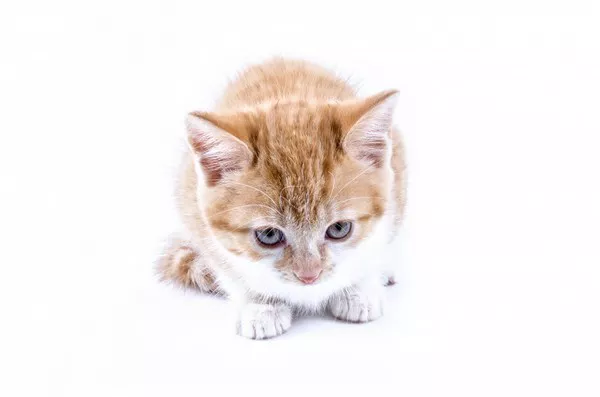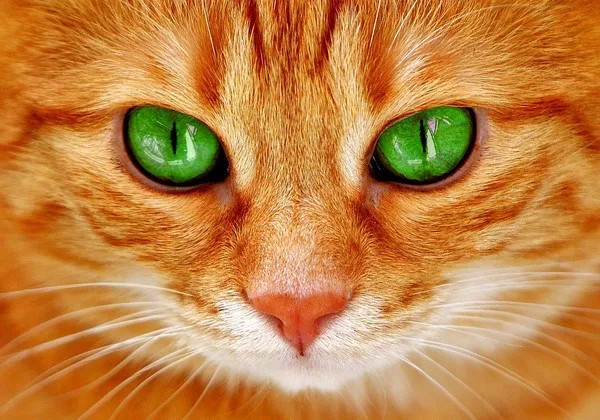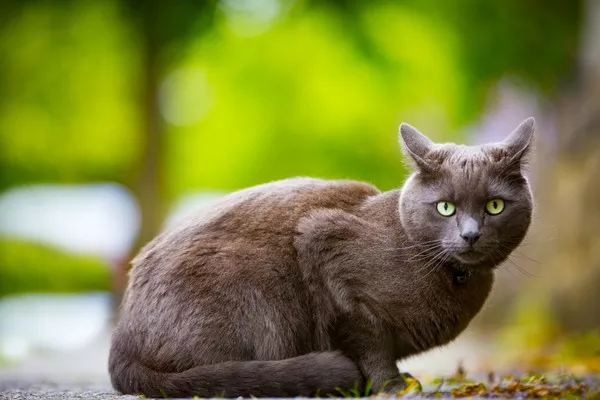Welcoming a kitten into your home is an exciting and rewarding experience. As a new pet parent, one of your responsibilities is to ensure that your kitten’s fur remains healthy, clean, and free from tangles and mats. Proper grooming not only keeps your kitten looking their best but also contributes to their overall well-being. In this comprehensive guide, we’ll explore everything you need to know about caring for your kitten’s fur, from grooming techniques to dietary considerations.
Understanding Kitten Fur:
Before diving into the specifics of grooming, it’s essential to understand the characteristics of kitten fur. Kittens are born with a soft, downy coat that provides warmth and protection during their early weeks of life. As they grow, their fur undergoes changes in texture, length, and color, transitioning into the sleek, adult coat characteristic of their breed.
Kitten fur requires special attention during the transition phase to ensure that it remains healthy and free from tangles and mats. Regular grooming helps remove loose fur, dirt, and debris, preventing the formation of mats and promoting healthy skin and coat.
Grooming Tools for Kittens:
When it comes to grooming your kitten’s fur, having the right tools on hand is essential. Here are some essential grooming tools for caring for your kitten’s fur:
Soft Bristle Brush: A soft bristle brush is gentle on your kitten’s delicate skin and helps remove loose fur and debris from their coat. Choose a brush with fine, flexible bristles that won’t irritate your kitten’s skin.
Fine-Toothed Comb: A fine-toothed comb is ideal for detangling knots and removing stubborn mats from your kitten’s fur. Look for a comb with rounded, stainless steel teeth to prevent scratching and discomfort.
Slicker Brush: A slicker brush features fine, densely packed bristles designed to penetrate your kitten’s fur and remove tangles and mats. Use a slicker brush with caution, as excessive pressure can cause discomfort or injury to your kitten’s skin.
Grooming Gloves: Grooming gloves are an excellent option for gentle grooming sessions, particularly for kittens who may be apprehensive about traditional grooming tools. These gloves feature soft, rubber bristles that massage your kitten’s skin while removing loose fur and debris.
Cat-Friendly Shampoo: Choose a mild, hypoallergenic shampoo specifically formulated for cats to bathe your kitten occasionally. Avoid using human shampoo or harsh chemicals, as they can irritate your kitten’s sensitive skin.
Grooming Techniques for Kittens:
Now that you have the necessary grooming tools, let’s explore some essential grooming techniques for caring for your kitten’s fur:
Start Slowly: Introduce your kitten to grooming gradually to help them feel comfortable and relaxed during grooming sessions. Begin by gently petting and stroking your kitten’s fur, gradually incorporating grooming tools into the process as they become more accustomed to them.
Brush Regularly: Establish a regular grooming routine to keep your kitten’s fur clean and tangle-free. Aim to brush your kitten’s fur at least once a day, focusing on areas prone to matting, such as behind the ears, under the chin, and along the back.
Use Gentle Strokes: When brushing your kitten’s fur, use gentle, downward strokes to remove loose fur and detangle knots. Avoid pulling or tugging on knots, as this can cause discomfort and may lead to skin irritation or injury.
Pay Attention to Problem Areas: Take extra care when grooming areas prone to matting, such as the armpits, belly, and hindquarters. Use a fine-toothed comb or slicker brush to gently tease out any knots or mats, working from the tips of the fur towards the skin.
Monitor for Skin Conditions: While grooming your kitten, take the opportunity to inspect their skin for any signs of irritation, redness, or inflammation. Look for fleas, ticks, or other parasites, as well as any lumps, bumps, or lesions that may require veterinary attention.
Bathing Your Kitten:
In addition to regular grooming, occasional baths may be necessary to keep your kitten’s fur clean and free from dirt and odors. Here are some tips for bathing your kitten safely and effectively:
Choose the Right Time: Schedule baths when your kitten is calm and relaxed, such as after a meal or play session. Avoid bathing your kitten when they are anxious or stressed, as this can make the experience more challenging for both of you.
Use Lukewarm Water: Fill a shallow basin or sink with lukewarm water and gently lower your kitten into the water, supporting them with one hand under their chest and abdomen. Use a cat-friendly shampoo to lather their fur, avoiding their face and ears.
Rinse Thoroughly: After shampooing, rinse your kitten’s fur thoroughly with clean, lukewarm water, ensuring that all traces of shampoo are removed. Use a cup or spray nozzle to rinse their fur gently, taking care to avoid getting water in their eyes or ears.
Towel Dry: Once your kitten’s fur is clean, wrap them in a soft, absorbent towel and gently pat their fur dry. Avoid rubbing or scrubbing their fur, as this can cause tangling and matting. If your kitten tolerates the noise, you can use a hairdryer on the lowest setting to speed up the drying process.
Reward Positive Behavior: Praise and reward your kitten for their cooperation during the bathing process, offering treats or extra cuddles as a reward for their good behavior. Positive reinforcement helps create a positive association with bathing and makes future grooming sessions more enjoyable for your kitten.
Dietary Considerations for Healthy Fur:
In addition to grooming and bathing, proper nutrition plays a crucial role in maintaining your kitten’s fur health. Here are some dietary considerations to keep in mind:
High-Quality Cat Food: Choose a high-quality, nutritionally balanced cat food formulated for kittens to support healthy skin and coat. Look for foods that contain essential fatty acids, such as omega-3 and omega-6 fatty acids, which help maintain skin hydration and fur texture.
Protein-Rich Diet: Protein is essential for healthy fur growth and maintenance. Ensure that your kitten’s diet includes high-quality sources of protein, such as chicken, turkey, fish, or lamb.
Adequate Hydration: Proper hydration is crucial for maintaining healthy skin and coat. Ensure that your kitten has access to fresh, clean water at all times and consider feeding wet cat food, which has higher moisture content than dry kibble.
Supplements: Consult your veterinarian about the use of supplements, such as omega-3 fatty acids or biotin, to support your kitten’s fur health. While supplements can be beneficial in some cases, it’s essential to use them under veterinary supervision to avoid overdosing or adverse effects.
See Also: 6 Types of Cat Brushes & 6 Factors to Consider When Buying Them
Conclusion:
Caring for your kitten’s fur is an essential aspect of responsible pet ownership. By establishing a regular grooming routine, using appropriate grooming tools and techniques, and providing proper nutrition, you can help keep your kitten’s fur healthy, clean, and free from tangles and mats. Remember to monitor your kitten’s skin and coat for any signs of irritation or abnormalities and consult your veterinarian if you have any concerns. With proper care and attention, your kitten’s fur will remain soft, shiny, and luxurious for years to come.

























